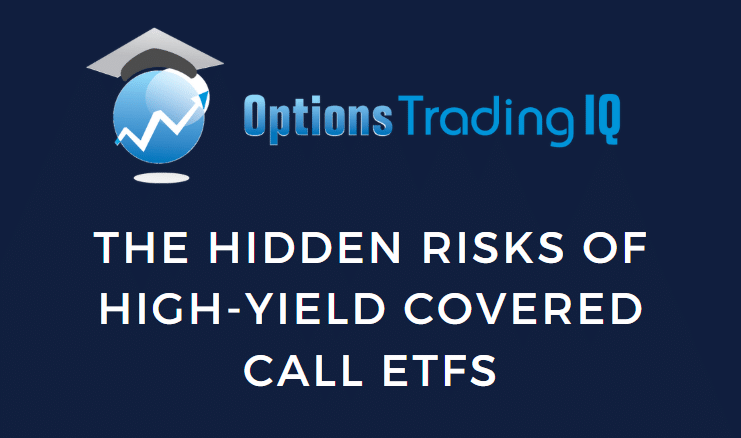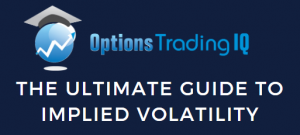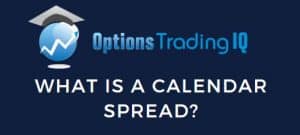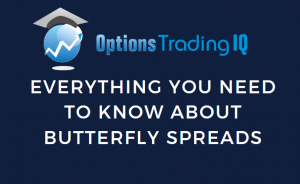

High-yield covered call ETFs have surged in popularity, offering attractive income streams in a market where investors crave yield.
However, many investors fail to fully grasp these products, which comes with significant risks.
While the allure of double-digit annual yields may seem too good to pass up, a closer examination reveals structural challenges that can lead to long-term underperformance.
In this article, we’ll break down the key risks associated with these ETFs and what investors need to consider before investing.
Contents
1. Yield vs. Total Return – The Trade-Off
Many high-yield covered call ETFs boast yields exceeding 10%, often appealing to income-focused investors.
However, these yields come at a cost—a trade-off between income and capital appreciation.
By systematically selling covered calls, these ETFs generate immediate premium income but cap the potential upside of their underlying holdings.
If a stock in the ETF rallies sharply, the fund often misses out on many gains.
Over time, this can significantly impact total return compared to simply holding the underlying stocks.
2. NAV Erosion Over Time
One of the biggest risks of high-yield covered call ETFs is Net Asset Value (NAV) erosion.
Because the ETFs distribute most of their premium income and dividends to shareholders, they typically reinvest little to nothing back into the portfolio.
Additionally, during bearish or sideways markets, the covered call premiums collected may not be enough to offset declines in the underlying stocks.
This can result in a steady erosion of NAV over time, leading to a situation where high distributions mask poor long-term price performance.
3. Volatility Dependence
The profitability of covered call strategies is heavily dependent on market volatility.
During periods of high volatility, options premiums tend to be more lucrative, enhancing the ETF’s income.
However, in low-volatility environments, premiums shrink, and the yield advantage diminishes.
For instance, if market volatility drops significantly, these ETFs may be forced to sell options at lower premiums, reducing income potential while still capping upside gains.
This dynamic can make high-yield covered call ETFs perform worse in calm, trending markets where underlying stocks rise steadily without major price swings.
4. Tax Considerations
Many investors overlook the tax implications of covered call ETFs.
The income generated from selling options is often taxed at higher ordinary income rates rather than the lower qualified dividend tax rates.
This can make these ETFs less tax-efficient than dividend-focused or traditional equity funds.
Additionally, due to frequent trading and income distributions, investors may receive a mix of short-term capital gains, long-term capital gains, and return of capital, making tax planning more complicated.
5. Underperformance in Bull Markets
High-yield covered call ETFs tend to struggle during strong bull markets.
Since they systematically sell call options, they effectively trade away potential upside in exchange for income.
For example, during a major bull run in technology stocks, a covered call ETF focused on the sector might significantly lag behind a plain vanilla ETF holding the same stocks.
While investors still receive income, they miss out on compounding gains that could have provided greater total returns over time.
6. Liquidity and Slippage Issues
Some high-yield covered call ETFs suffer from liquidity issues, particularly those focusing on niche sectors or employing more complex derivatives strategies.
Low liquidity can lead to wider bid-ask spreads, increasing trading costs for investors.
Moreover, during market stress, these ETFs may experience significant price deviations from their NAV due to illiquidity or forced selling by investors looking to exit their positions quickly.
Final Thoughts: Should You Invest?
High-yield covered call ETFs can appeal to income-seeking investors, particularly those prioritizing cash flow over capital appreciation.
However, they come with meaningful trade-offs, including NAV erosion, limited upside potential, tax inefficiencies, and underperformance in strong bull markets.
Before investing, consider your financial goals and risk tolerance.
If your priority is long-term capital growth, traditional ETFs or a balanced portfolio of growth and dividend-paying stocks may serve you better.
However, if you understand the risks and are comfortable with their income-centric strategy, covered call ETFs can be useful in the right circumstances.
As with any investment, thorough due diligence is key.
Without understanding the full picture, don’t be lured in by high headline yields.
The best strategy is the one that aligns with your objectives while minimizing unnecessary risk.
We hope you enjoyed this article on the hidden risks of high-yield covered call ETFs
If you have any questions, send an email or leave a comment below.
Trade safe!
Disclaimer: The information above is for educational purposes only and should not be treated as investment advice. The strategy presented would not be suitable for investors who are not familiar with exchange traded options. Any readers interested in this strategy should do their own research and seek advice from a licensed financial adviser.










